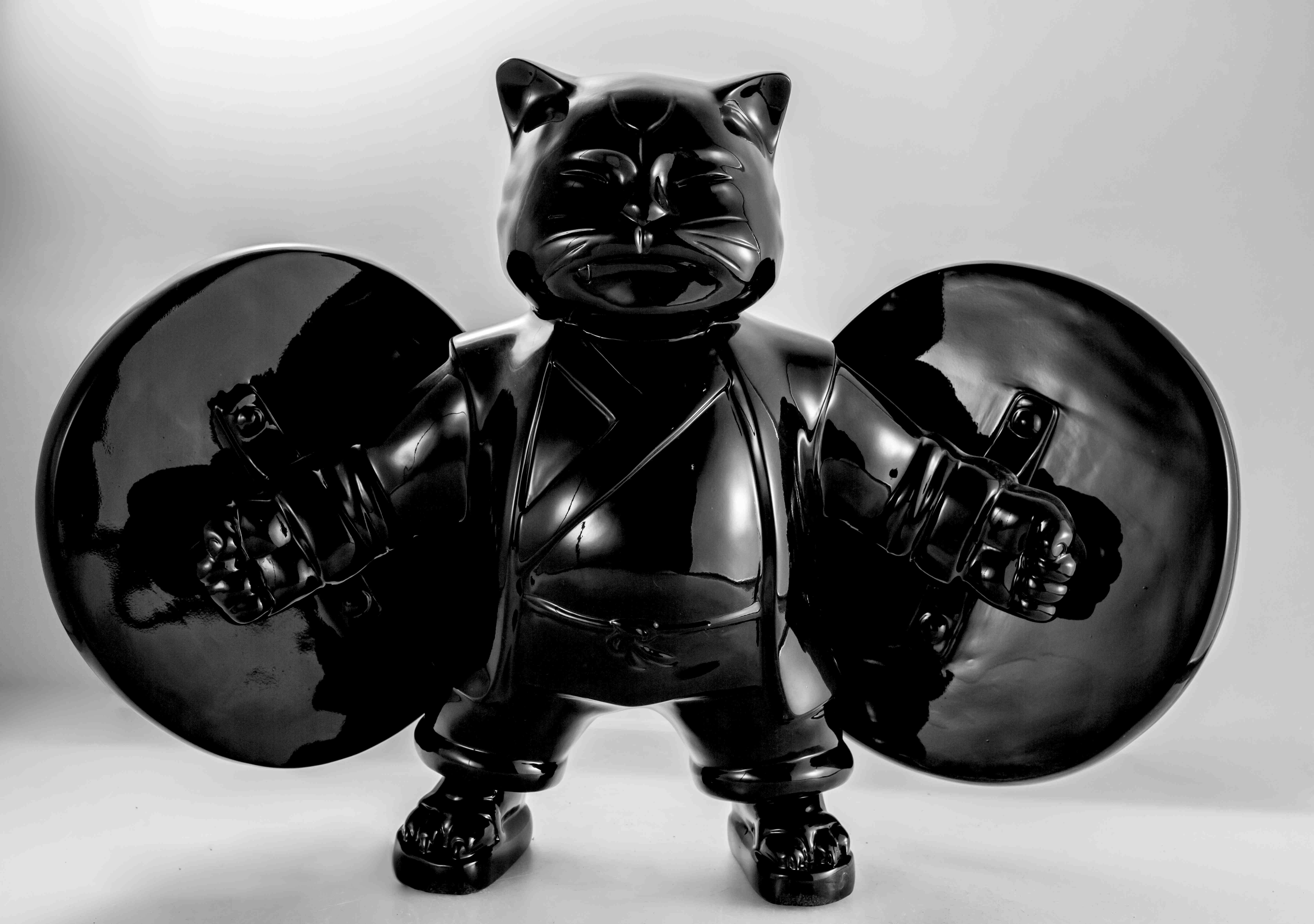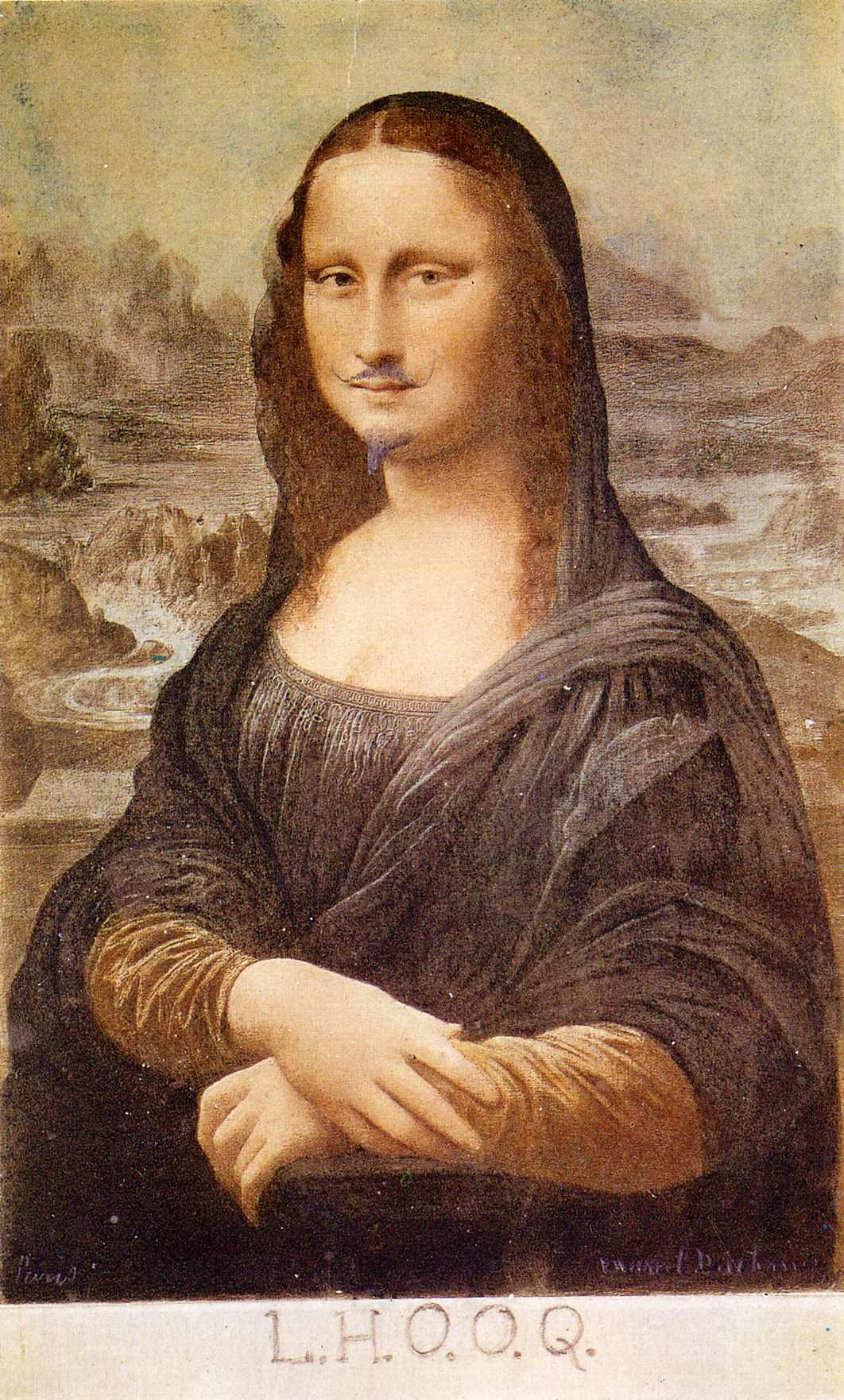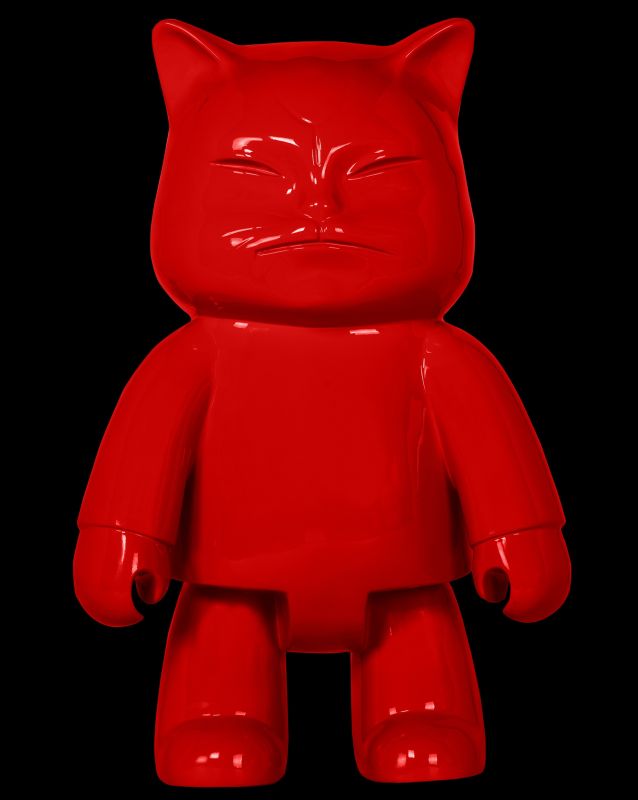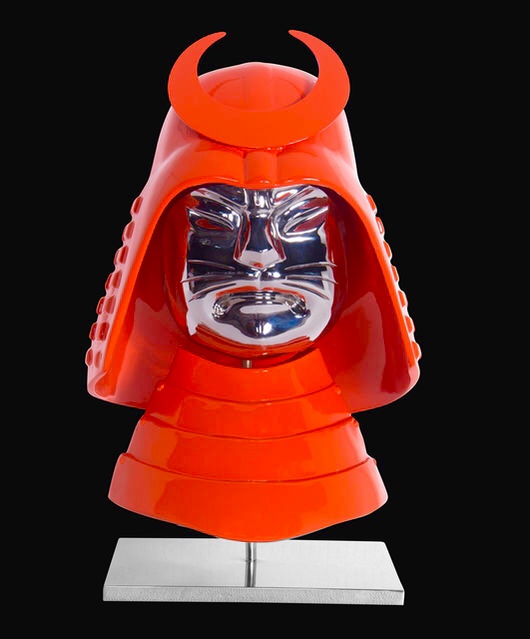
All About Artists
Reproducibility in Art: Hiro Ando and Fusion Japan
Hiro Ando's creative fusion of traditional Japanese iconography with contemporary ones.
By Xin Yue
The term ‘Fountain’ would spark discourse more than a
century after its conception by Marcel Duchamp, the father of conceptual art.
What started as a critique of the art world quickly became a global movement
that both celebrated the commonplace object as well as acted as a social
commentary on consumerism.

Fountain. (1917). Marcel Duchamp. Wanting to test the limits of what could be considered art, Duchamp submitted a urinal under the pseudonym ‘R. Mutt’ to the Society of Independent Artist, which ultimately got rejected.
Duchamp went on to creating more widely celebrated ready-mades – such as L.H.O.O.Q, a reproduction of Leonardo da Vinci’s Mona Lisa, of which he made many versions of throughout his career. Naturally, questions of uniqueness and originality then arise. But what is this premium we place on authenticity?

L.H.O.O.Q. (1919). Marcel Duchamp.
Whether or not the item is a readymade does not matter – the fact is that it was chosen by the artist. Arguably, this concept has been adapted by Hiro Ando, a contemporary Japanese artist who fuses traditional icons (e.g. samurais, sumo wrestlers, koi fishes) with modern aesthetic concepts. Using bright arbitrary colours reminiscent of the neo-pop art movement coined by Takashi Murakami, Hiro Ando creates playful sculptures that come in sets of original editions.

Robocat Red
Fiber Resin
60 x 40 x 20 cm
Edition of 26
Sculptures such as Robocat Red features Japan’s beloved cultural icon “Maneki Neko”, a recognised symbol of wealth and prosperity. This icon appears to have been given a playful mechanical upgrade, as it is depicted in robot form, with a bright red colouring and glossy surface conveying a sense of urban modernity. Robocat thus is a tribute to Japan's current status as an expansive technological hub, playing on modern-day aesthetic constructions of robo-tech and artificial intelligence. Existing as an edition of 26, all of Robocat Red are originals and valuable given their limited quantity.
Reproducibility in art is a nod towards conceptual art, as the meaning rather than the form often takes precedence. Interestingly, Hiro Ando’s works is a witty conflation of both. Having a distinctive aesthetic, he takes inspiration from the streets and elevates Japanese iconography into the high art world.

Samuraicat, collected by Steve Aoki
Fiber Resin,
150 cm
As another part of his cat series designs, Samuraicat features Maneki Neko in a samurai costume depicted in metallic blue. The work is again reminiscent of Japanese pop culture and manga and emblematic of the allure of a society highly engrossed in visual cultures.

Taro Takatora
Mix Media Stainless Steel Polished and Resin Painted And Varnished,
50 x 30 x 30 cm

Kabuto Jiro
Mix Media Stainless Steel Polished and Resin Painted And Varnished
50 x 30 x 30 cm
In another work, Kabuto Jiro pays homage to the film ‘Ran’ by Japanese filmmaker Akira Kurosawa. Featuring a black helmet worn by feudal Japan Samurais, he re-contextualizes the Samurai warrior, an iconic symbol of Japan, into modern-day culture. Ultimately, the value of art is what we make it out to be.
With today’s technology, the term no longer has the same connotation as it had during the 1914 opening of the Society of Independent Artist’s exhibition. Artists like Hiro Ando have continued to push this boundary, bringing exciting sculptures to the forefront of the high art world. Interested to find out more? Check out more of Hiro Ando’s works here.

Fountain. (1917). Marcel Duchamp. Wanting to test the limits of what could be considered art, Duchamp submitted a urinal under the pseudonym ‘R. Mutt’ to the Society of Independent Artist, which ultimately got rejected.
Duchamp went on to creating more widely celebrated ready-mades – such as L.H.O.O.Q, a reproduction of Leonardo da Vinci’s Mona Lisa, of which he made many versions of throughout his career. Naturally, questions of uniqueness and originality then arise. But what is this premium we place on authenticity?

L.H.O.O.Q. (1919). Marcel Duchamp.
Whether or not the item is a readymade does not matter – the fact is that it was chosen by the artist. Arguably, this concept has been adapted by Hiro Ando, a contemporary Japanese artist who fuses traditional icons (e.g. samurais, sumo wrestlers, koi fishes) with modern aesthetic concepts. Using bright arbitrary colours reminiscent of the neo-pop art movement coined by Takashi Murakami, Hiro Ando creates playful sculptures that come in sets of original editions.

Robocat Red
Fiber Resin
60 x 40 x 20 cm
Edition of 26
Sculptures such as Robocat Red features Japan’s beloved cultural icon “Maneki Neko”, a recognised symbol of wealth and prosperity. This icon appears to have been given a playful mechanical upgrade, as it is depicted in robot form, with a bright red colouring and glossy surface conveying a sense of urban modernity. Robocat thus is a tribute to Japan's current status as an expansive technological hub, playing on modern-day aesthetic constructions of robo-tech and artificial intelligence. Existing as an edition of 26, all of Robocat Red are originals and valuable given their limited quantity.
Reproducibility in art is a nod towards conceptual art, as the meaning rather than the form often takes precedence. Interestingly, Hiro Ando’s works is a witty conflation of both. Having a distinctive aesthetic, he takes inspiration from the streets and elevates Japanese iconography into the high art world.

Samuraicat, collected by Steve Aoki
Fiber Resin,
150 cm
As another part of his cat series designs, Samuraicat features Maneki Neko in a samurai costume depicted in metallic blue. The work is again reminiscent of Japanese pop culture and manga and emblematic of the allure of a society highly engrossed in visual cultures.

Taro Takatora
Mix Media Stainless Steel Polished and Resin Painted And Varnished,
50 x 30 x 30 cm

Kabuto Jiro
Mix Media Stainless Steel Polished and Resin Painted And Varnished
50 x 30 x 30 cm
In another work, Kabuto Jiro pays homage to the film ‘Ran’ by Japanese filmmaker Akira Kurosawa. Featuring a black helmet worn by feudal Japan Samurais, he re-contextualizes the Samurai warrior, an iconic symbol of Japan, into modern-day culture. Ultimately, the value of art is what we make it out to be.
With today’s technology, the term no longer has the same connotation as it had during the 1914 opening of the Society of Independent Artist’s exhibition. Artists like Hiro Ando have continued to push this boundary, bringing exciting sculptures to the forefront of the high art world. Interested to find out more? Check out more of Hiro Ando’s works here.



